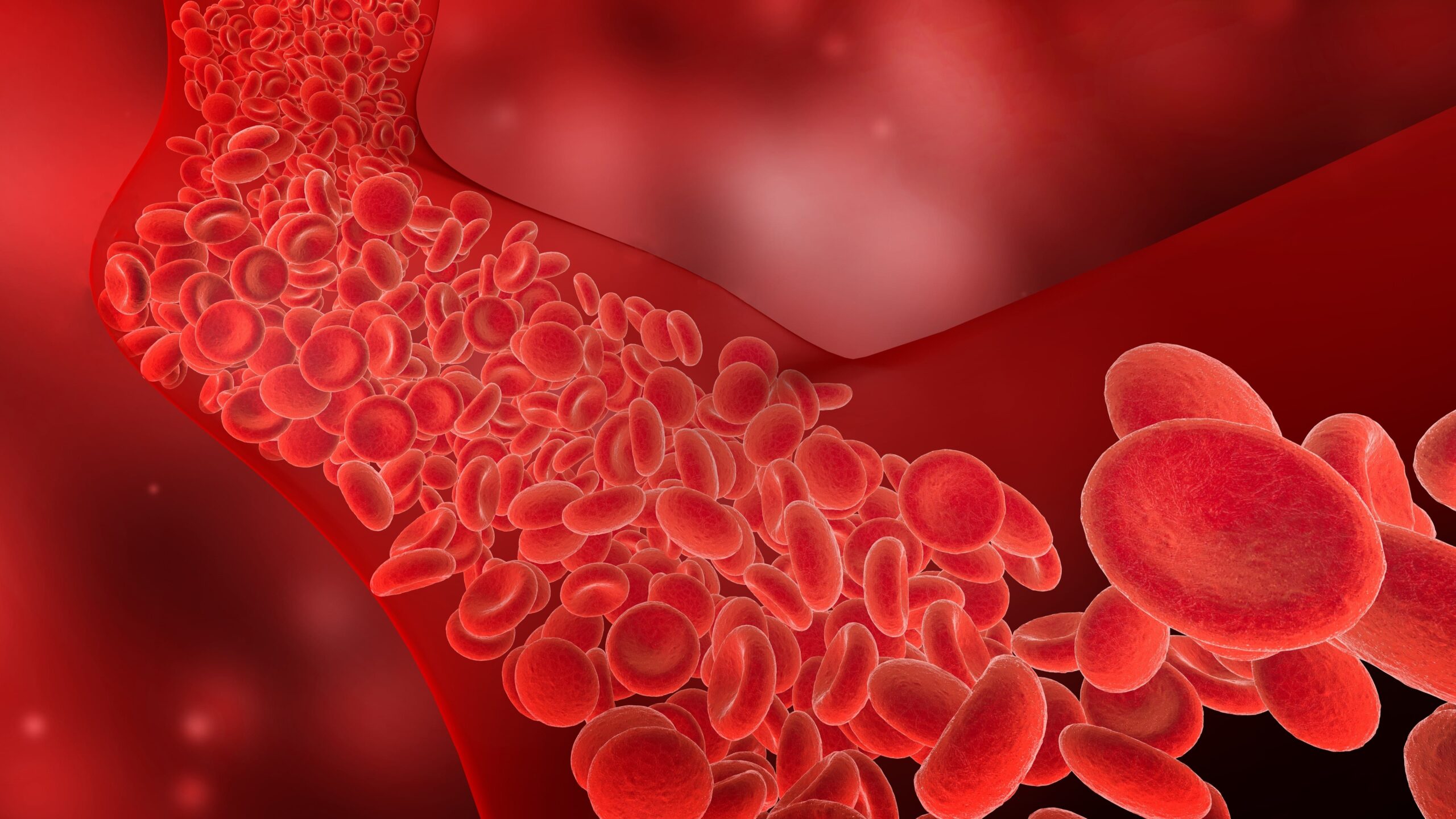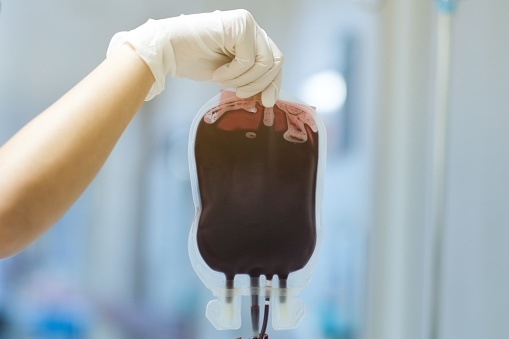
Treatment with luspatercept led to decreases in red blood cell transfusion (RBCT) burden compared to epoetin alfa in patients with erythropoiesis-stimulating agent (ESA)-naive lower-risk myelodysplastic syndromes (LR-MDS).1
The findings come from an analysis of RBCT burden over time in the phase 3 COMMANDS clinical trial (NCT03682536), which is the subject of an oral presentation at the 66th American Society of Hematology Annual Meeting & Exposition.
Luspatercept previously demonstrated significantly improved RBCT independence (RBC-TI) rates, longer response durability, and longer durations of RBC-TI ≥12 weeks compared to epoetin alfa.2 However, due to patients with LR-MDS requiring frequent RBCTs, which negatively impacts health and quality of life, a sub analysis around RBCT burden was warranted.1
In COMMANDS, 363 patients with LR-MDS were enrolled and randomized to receive luspatercept (n=182) or epoetin alfa (n=181). The study population had a median age of 74 years and was predominantly male (55%). At baseline, the median Hb level was 7.8 g/d and the median RBCT burden was 3.0 units over 8 weeks in both treatment arms. Most patients (63%) had LTB at baseline, including 65% of the luspatercept arm and 61% of the epoetin alfa arm.
In the luspatercept arm, a mean of 3.8 (3.0–4.8) cumulative RBC units were transfused versus 5.7 (4.7–6.8) in the comparator arm. By week 96, investigators observed a gradual increase in mean cumulative RBC units transfused in patients treated with epoetin alfa. The result of mean cumulative RBC unit transfusion increase was 8.7 (7.0–10.8) in the luspatercept arm and 13.6 (11.2–16.5) in the epoetin alfa arm.
Patients in the luspatercept arm also had 2.4 (1.9–2.9) mean cumulative RBCT visits compared to 3.6 (3.0–4.4) in the comparator arm at week 24. By week 96, the mean cumulative RBCT visits was 5.7 (4.5–7.1) among those treated with luspatercept versus 8.6 (7.1–10.4) for those treated with epoetin alfa.
RBCT burden in the LTB and HTB patient populations was also evaluated at baseline and compared with weeks 24 and 96 of treatment in each arm. Mean cumulative RBCT visits were 1.3 (1.0–1.9) at 24 weeks and 3.9 (2.9–5.2) at 96 weeks among LTB patients treated with luspatercept. In comparison, the mean cumulative RBCT visits were 2.2 (1.6–3.0) at 24 weeks and 5.6 (4.3–7.3) by week 96 in the epoetin alfa arm.
In the HTB patient population, the mean cumulative RBCT visits in the luspatercept arm were 4.2 (3.3–5.4) at week 24 and 9.2 (6.6–12.9) by week 96. Comparatively, the epoetin alfa arm had a mean of 5.9 (4.8–7.3) cumulative RBCT visits at week 24 and 14.4 (11.0–18.7) by week 96.
The number of RBC units transfused and RBCT visits over a 1.5-year period are evidence of the advantage of luspatercept over epoetin alfa in decreasing RBCT burden in patients with LR-MDs, investigators note. RBCT burden was also substantially lower for luspatercept versus epoetin alfa when investigators evaluated by RBCT burden category.
REFERENCES
1 Garcia-Manero G, Porta M, Santini V, et al. Changes in Red blood cell transfusion burden with luspatercept versus epoetin alfa in patients with lower-risk myelodysplastic syndromes in the phase 3, open-label, randomized, controlled COMMANDS trial. Presented at: 66th American Society of Hematology Annual Meeting & Exposition; December 7-10, 2024; San Diego, CA. Abstract 1832.
2 Garcia-Manero G, Platzbecker U, Santini V, et al. Efficacy and safety results from the COMMANDS trial: A phase 3 study evaluating luspatercept vs epoetin alfa in erythropoiesis-stimulating agent (ESA)-naive transfusion-dependent (TD) patients (pts) with lower-risk myelodysplastic syndromes (LR-MDS). J Clin Oncol. 2023;41(suppl 16). doi: 10.1200/JCO.2023.41.16_suppl.7003







 © 2025 Mashup Media, LLC, a Formedics Property. All Rights Reserved.
© 2025 Mashup Media, LLC, a Formedics Property. All Rights Reserved.